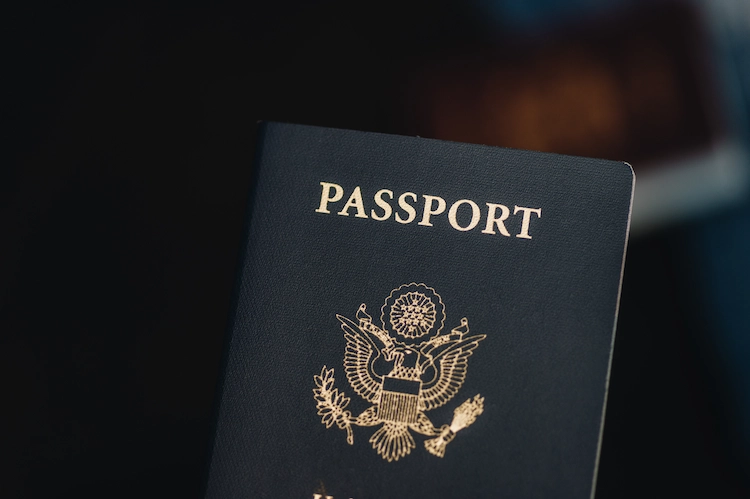Washington v. Davis: Discriminatory Purpose & Effect
Historical
In Washington v. Davis, 426 U.S. 229 (1976), the U.S. Supreme Court established that racially discriminatory laws are only unconstitutional if they have both a discriminatory purpose and a discriminatory impact.
As explained by Justice Byron White, “A law or other official act, without regard to whether it reflects a racially discriminatory purpose, [is not] unconstitutional solely because it has a racially disproportionate impact.”
The Facts of the Case
After their applications to become police officers in the District of Columbia were rejected, two African Americans filed an action against District of Columbia officials claiming that the Police Department’s recruiting procedures, including a written personnel test (Test 21), were racially discriminatory and violated the Due Process Clause of the Fifth Amendment. Because they filed their claims in Washington, D.C., which is a federal territory rather than a state, the plaintiffs brought their Equal Protection claim under the Fifth Amendment rather than the Equal Protection Clause of the Fourteenth Amendment, which applies to state claims.
Test 21 was administered to prospective government employees to determine whether applicants possessed a specific level of verbal skill. Respondents contended that the test bore no relationship to job performance, and excluded a disproportionately high number of African American applicants.
The Court’s Decision
In a 7-to-2 decision, the Court concluded that the appeals court erred when it applied the “disparate impact” test under Title VII of the Civil Rights Act of 1964 to the Equal Protection claim. Justice Byron White authored the majority opinion, writing:
As the Court of Appeals understood Title VII, employees or applicants proceeding under it need not concern themselves with the employer’s possibly discriminatory purpose but instead may focus solely on the racially differential impact of the challenged hiring or promotion practices. This is not the constitutional rule. We have never held that the constitutional standard for adjudicating claims of invidious racial discrimination is identical to the standards applicable under Title VII, and we decline to do so today.
To prove a discrimination claim under the Constitution, plaintiffs must prove that the government had a discriminatory motive. As highlighted by the Court, “disproportionate impact is not irrelevant, but it is not the sole touchstone of an invidious racial discrimination forbidden by the Constitution.” With regard to Test 21, the Court found that it did not have a discriminatory purpose. As Justice White explained:
Nor on the facts of the case before us would the disproportionate impact of Test 21 warrant the conclusion that it is a purposeful device to discriminate against Negroes and hence an infringement of the constitutional rights of respondents as well as other black applicants. As we have said, the test is neutral on its face and rationally may be said to serve a purpose the Government is constitutionally empowered to pursue. Even agreeing with the District Court that the differential racial effect of Test 21 called for further inquiry, we think the District Court correctly held that the affirmative efforts of the Metropolitan Police Department to recruit black officers, the changing racial composition of the recruit classes and of the force in general, and the relationship of the test to the training program negated any inference that the Department discriminated on the basis of race or that “a police officer qualifies on the color of his skin rather than ability.
Previous Articles
SCOTUS Holds Wire Fraud Statute Doesn’t Require Proof Victim Suffered Economic Loss
by DONALD SCARINCI on June 24, 2025
In Kousisis v. United States, 605 U.S. ____ (2025), the U.S. Supreme Court held that a defendant wh...
SCOTUS Holds Wire Fraud Statute Doesn’t Require Proof Victim Suffered Economic Loss
by DONALD SCARINCI on June 17, 2025
In Kousisis v. United States, 605 U.S. ____ (2025), the U.S. Supreme Court held that a defendant wh...
SCOTUS Considers Birthright Citizenship
by DONALD SCARINCI on June 13, 2025
On May 15, 2025, the U.S. Supreme Court heard oral arguments in Trump v. CASA, Inc., Trump v. Washi...
The Amendments
-
Amendment1
- Establishment ClauseFree Exercise Clause
- Freedom of Speech
- Freedoms of Press
- Freedom of Assembly, and Petitition
-
Amendment2
- The Right to Bear Arms
-
Amendment4
- Unreasonable Searches and Seizures
-
Amendment5
- Due Process
- Eminent Domain
- Rights of Criminal Defendants
Preamble to the Bill of Rights
Congress of the United States begun and held at the City of New-York, on Wednesday the fourth of March, one thousand seven hundred and eighty nine.
THE Conventions of a number of the States, having at the time of their adopting the Constitution, expressed a desire, in order to prevent misconstruction or abuse of its powers, that further declaratory and restrictive clauses should be added: And as extending the ground of public confidence in the Government, will best ensure the beneficent ends of its institution.





